Rohtas Fort, a magnificent example of 16th-century military architecture, stands as a testament to the ingenuity and power of the Mughal Empire. Commissioned by Sher Shah Suri, this UNESCO World Heritage Site dominates the landscape near the city of Jehlum in the Punjab province of Pakistan. Its massive walls, intricate gateways, and strategic location make it a truly awe-inspiring sight.
History of Rohtas Fort:
Construction began in 1541 under Sher Shah Suri, and its strategic importance lay in its defense against the advancing Mughal army. The fort boasts a complex network of inner and outer fortifications, including numerous bastions, towers, and a vast internal city capable of housing a sizable population. The fort's design is a reflection of advanced military engineering of its time, incorporating innovative features like underground water channels and elaborate drainage systems.
Rohtas District: Beyond the Fort
The Rohtas District encompasses more than just the renowned fort. The area is known for its rich agricultural lands, diverse cultural heritage, and the friendly nature of its people. Beyond the historical significance, the district offers a glimpse into the daily life of rural Pakistan.
Tourism and Visiting Rohtas Fort:
Visiting Rohtas Fort is an unforgettable experience for history buffs and architecture enthusiasts. The fort's expansive grounds offer a captivating journey through time, allowing visitors to explore its many structures and imagine life within its walls. It's crucial to check for updated travel advisories and consider hiring a local guide for a more immersive and informative experience.
Getting There: The fort is accessible by road from major cities in Punjab. Jehlum serves as the nearest major city and provides access to transportation to the fort.
Note: For the most up-to-date information on visiting hours, entry fees, and travel guidelines, it is recommended to check with official tourism websites or local authorities before your visit.
Further Reading: You may find additional information through resources on Pakistani history and tourism websites.




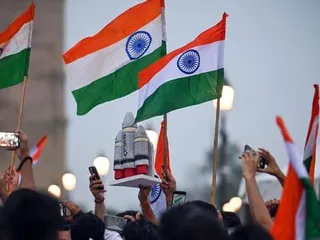




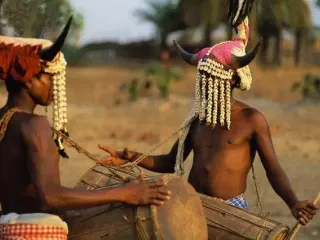
 (24)jpeg-1722421859875.jpeg.webp)





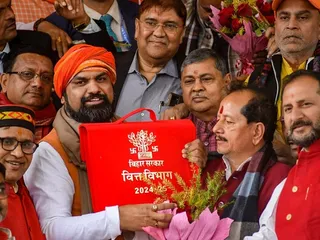

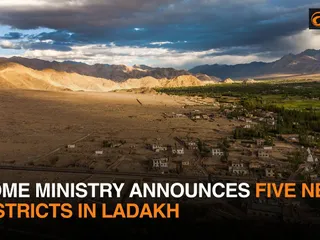




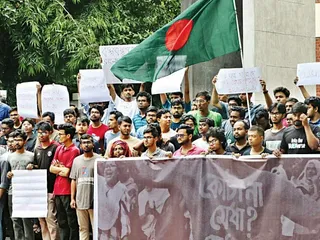








-(20)jpeg-1745030278713.jpeg.webp)



